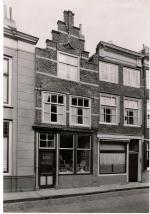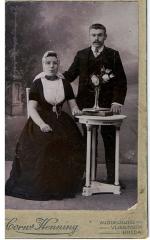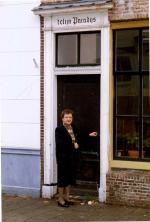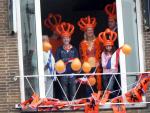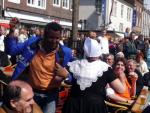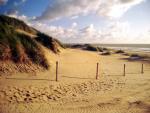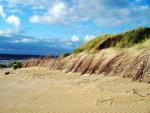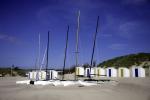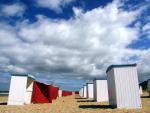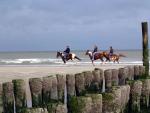|
Fotoalbum: O último cesteiro de Vigo Espagña
Vigo in the province Pontevedra within the region Galicia, generally not well known as the 15th metropolis of Spain, is an important city of industry, tourism and harbour for import and export. Also a port of call to cruiseships.
Excavations have shown that Galicia has been inhabited since the Paleoliticum. The first major settlements were built in the sixth century BC by the Celts. The Romans arrived in 138 BC in the Northwest of Spain, but it was not until Emperor Augustus who incorporated Galicia into Hispania in 63 BC. The Roman influence is reflected particular in agriculture and mining.
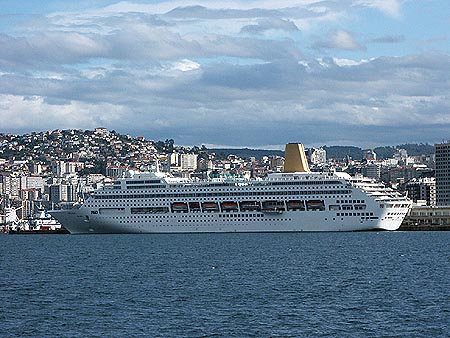 |
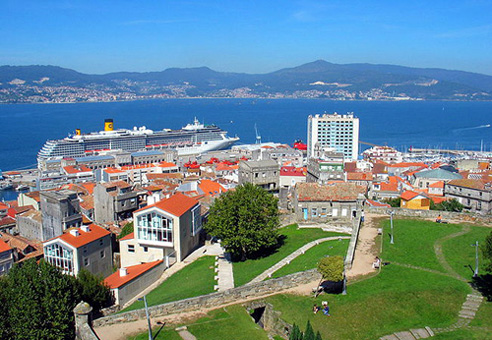 |
|
PO cruise ship Oriana in Port Vigo
|
Port of Vigo Galicia, a popular embarkment for cruises
|
In the fifth century, during the Great Wandering, the province was occupied by the Vandals and Sueben. The Sueben were expeled half a century later by the Visgoths, who introduced Christianity. Regularly, Galicians revolted against kings of neighboring kingdoms in ancient centuries. This has led to a strong national consciousness, which in the 20th century brought Galicia to independence within the Kingdom of Spain.
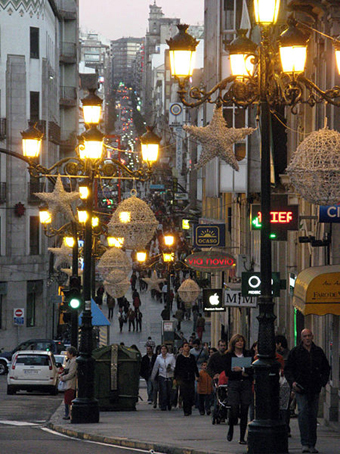 |
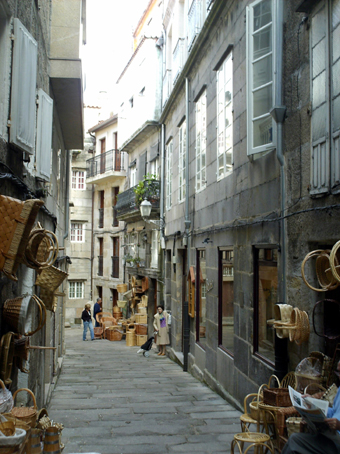 |
|
Shoppingstreet of Vigo
|
Rua dos cesteiros
|
In the past, the remote region of Galicia was poor of industry. The population mainly earned income from fishing and agriculture or forestry. From 1842 to 1900 the population grew gradualy from 7.000 to 23.000 inhabitants. Prosparity sett in from 1910 to 1960, the population grew up to 145.000 residents. The advanced position of Vigo situated directly at the Atlantic Ocean was an important argument for many international compagny to establish factories. The city harbours one of the large Citroën carplants, what has led to the development of Roll-on-Roll-off harbour facilities. especially for car transportation to Flushing in the Netherlands.
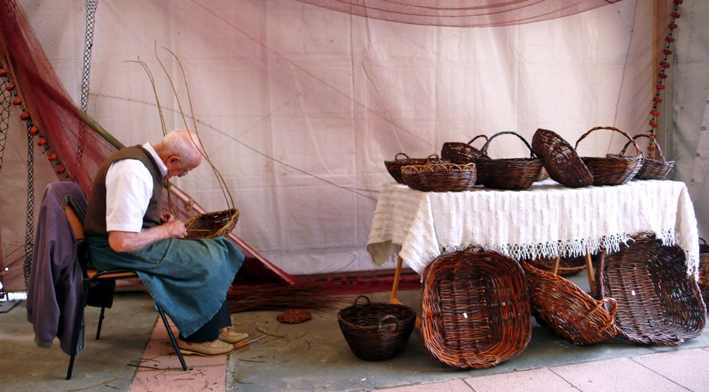
The main industry is still fishing. Vigo is therefore the hometown of Pescanova, the worlds largests fishingcompagny. This firm is also one of the main producers of algae. mussels and oisters. Dairy has grown out to subtantional proportion after opening European markets. Inditex is a giant firm for textile products and Fadesa has become a construction company for international markets. All together the region went through an explosion of wealth between the years 1970 and 2010, what resulted in an increase of population to 297.000 people, including the suburbs even up till 423.821 residents.
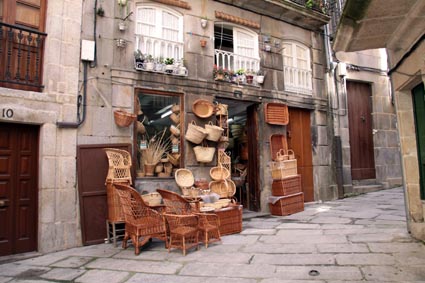 |
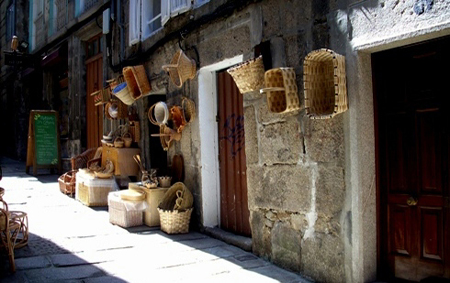 |
|
Rua dos cesteiros
|
Rua dos cesteiros
|
Nevertheless, a large part of the population is working still in agriculture. livestock and forestry. Its not surprising, wickerwork survived all modern technology. Baskets for fishing or industry are not on demand as in former times. Nowadays its a product of domestic use in all kinds of varieties. As elsewhere in the world, this profession is practised by single artisans, mainly living in the country-side or small villages. The handcraftsmen of Galicia has not developed a special style, their baskets reflect an equal manner as their colleagues in France, Portugal or Italy. However all work is of high quality.
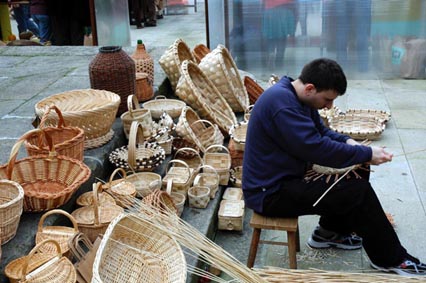 |
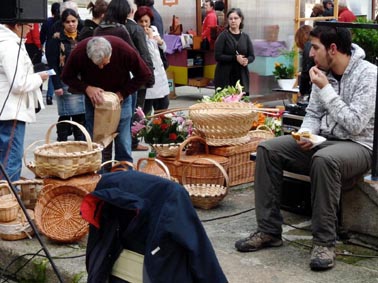 |
|
Cesteiro Antonio Martiñez
|
Cesteiro Antonio Martiñez
|
Walking through the small streets and alleys of the touristic inner city of Vigo you will find Rua dos Cesteiros. Its unmistakely all worth to pass by. The pittoresk shops in this special street of basketsmakers display their articles in an alluring way outside. You will find allways something you like to buy. Even more attractive, you can see a Cesteiro (Spanish for basketmaker) at work on a marketplace. You will be surprised how with skill, patient and dedication a basket grows under the hands of the craftsman. Its an endurable product, not burdening the enviroment, lasting for a long time.
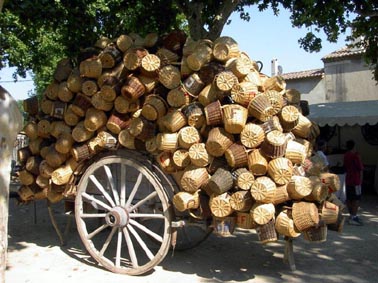 |
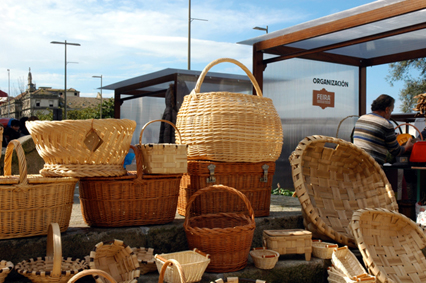 |
|
Plenty of baskets in stock
|
All kinds of baskets for every purpose
|
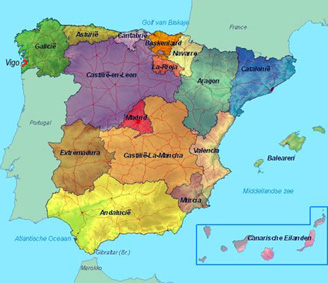
Main shipping port of Vigo is situated in Galicia
Text © 2011 Albert Prins

Servicepoint:
Source photo; Google Picture Gallery
|



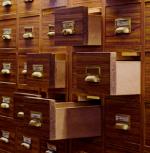
 Ik ben Albert Prins
Ik ben Albert Prins